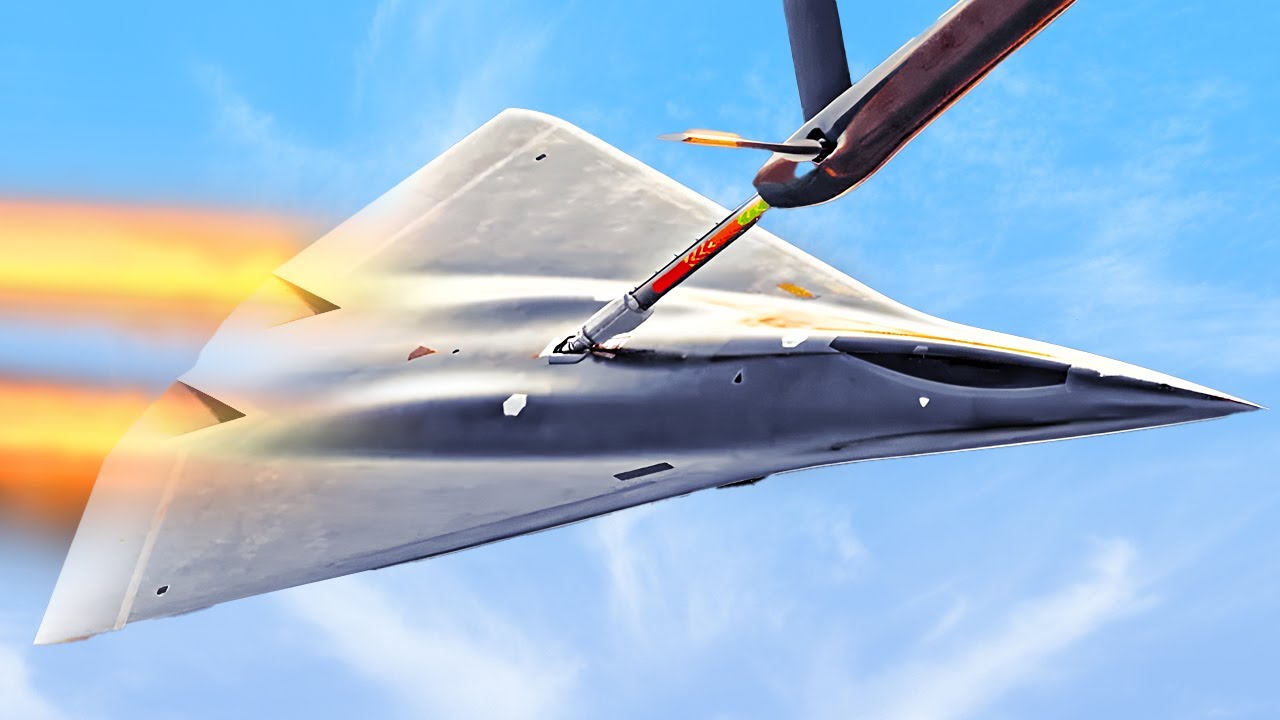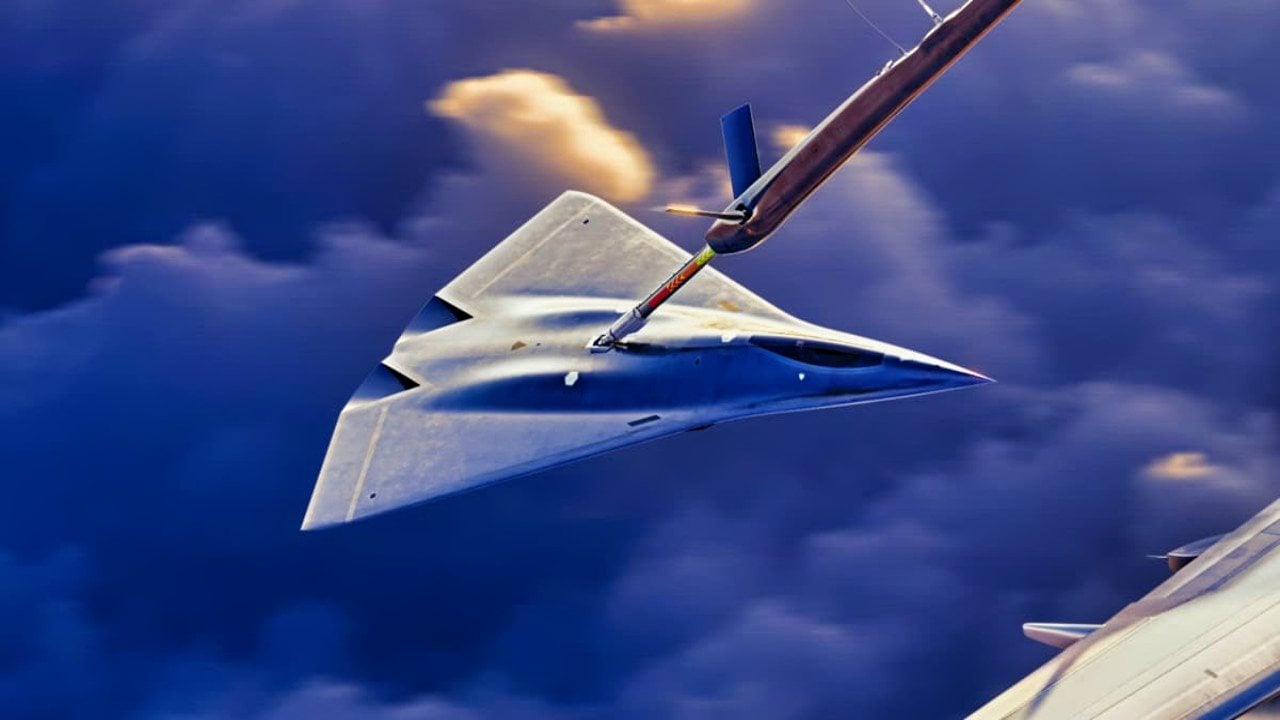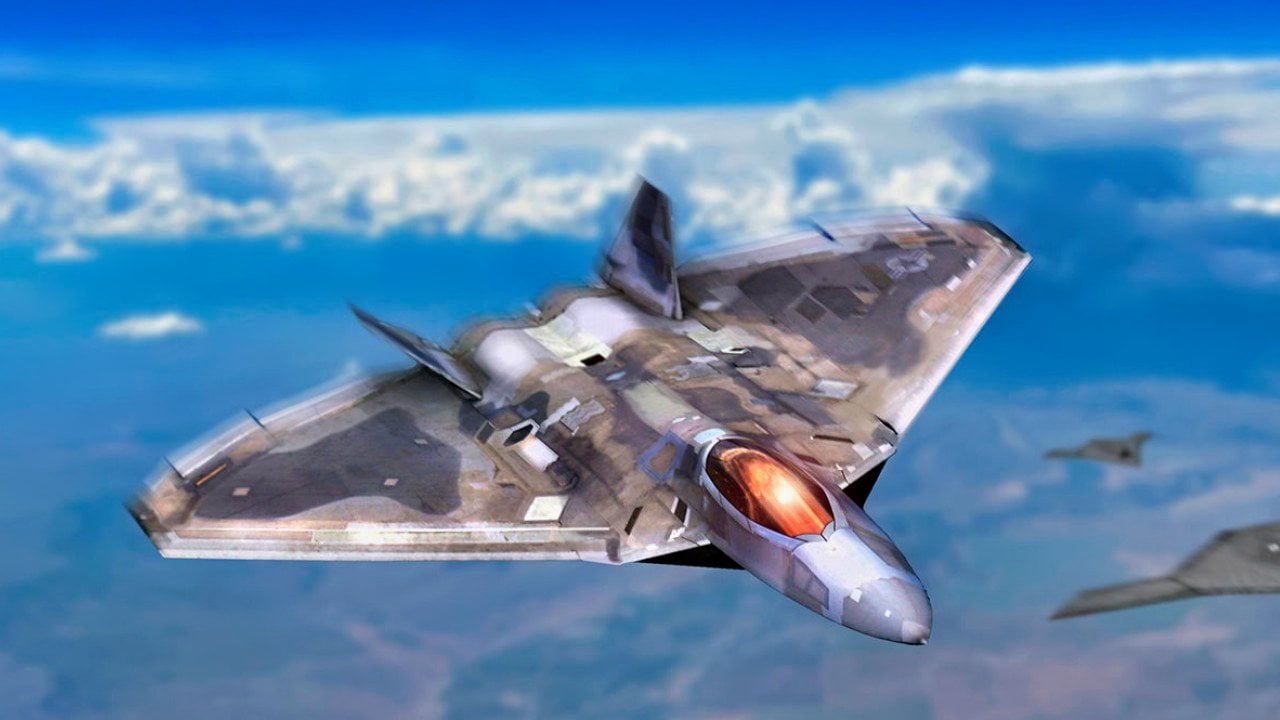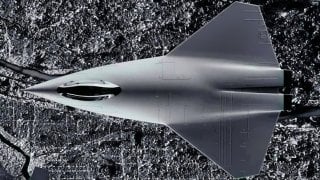The Air Force's NGAD Fighter Mistake Will Be Costly
The U.S. military’s procurement system, particularly the stalled Next Generation Air Dominance (NGAD) program, exemplifies the broader failure in modernization, plagued by delays, budget overruns, and unmet expectations.
What You Need to Know: The U.S. military’s procurement system, particularly the stalled Next Generation Air Dominance (NGAD) program, exemplifies the broader failure in modernization, plagued by delays, budget overruns, and unmet expectations.
-Despite decades of advancement, aging platforms like the F-16 and F-15 still dominate the inventory.
-Past defense procurement successfully embraced multiple parallel developments, accepting rapid iteration to stay ahead. Today’s focus on modularity, perfection, and ambitious but delayed programs has weakened American military readiness, allowing adversaries like China and Russia to catch up.
-The Pentagon’s pursuit of perfection has come at the cost of practical, timely innovation, hampering force readiness.
Why the U.S. Air Force’s NGAD Delay Is a Symptom of Bigger Military Procurement Issues
The recent stall of the NGAD program is, unfortunately, hardly an outlier in the realm of contemporary American defense procurement. On the contrary - it is merely the latest in a long line of over-budget, under-performing, and otherwise failed attempts at modernization which has ultimately left the US military with a force that looks suspiciously unchanged by the last thirty years of technological advancement. In the case of the US Air Force, F-16 and F-15 variants - not the aircraft that were supposed to have superseded them decades ago - still dominate the fighter inventory; and, after almost fifty years and the scrapping of half the fleet, there is still no new AWACS.
In the case of the US Navy, Harpoon missiles and submarine-launched torpedoes still provide the lion’s share of anti-surface capabilities, in spite of the now fifteen-year-old pivot to China and the arrival of ASBMs, anti-ship drones, and now boost-glide missiles (which the Navy still cannot intercept) in adversary arsenals. The Army requires no elaboration, and the appalling state of US nuclear forces in comparison to their Chinese and Russian counterparts is frightening indeed to behold.
The fact that the twenty-something year technological lead which the Pentagon inherited as the prize of victory in 1991 has been well and truly squandered is hardly a matter for debate. Excuses abound: too much COIN, peace dividend, sequestration - but the challenges facing the Chinese and Russian militaries in (say) the year 2000 were far greater, and somehow, they have still managed to modernize their critical capabilities to a much more satisfactory extent. And now, with the unceremonious demise of NGAD, we are back to the realm of speculative concept art, of airy corporate-speak words like “agility” and “modularity,” and PowerPoint presentations with videos of parrots and starlings standing in for actual aircraft.
It didn’t used to be this way. The span of years between 1991 and the present day is equal to the span between 1957 and 1991. In the USAF inventory, the latter period saw the large-scale production of the B-52, B-58, F-111, and B-1 bombers; the F-4 Phantom, F-105, F-106, F-15, and F-16; the A-7 Corsair, the A-10, F-117, and so on. To be sure, “modularity” and adaptability were exploited where appropriate; the Minuteman missile and the many, many offshoots of the KC-135 tanker are outstanding examples. At the same time, however, standardization was rarely too heavily relied upon; the Minuteman, for instance, was developed in parallel with three other missiles that filled the same niche: the Atlas, Titan I, and Titan II.
To be sure, this was not a cost-efficient approach; but in the vital case of early ICBM development, it was necessary to ensure that the failure or delay of a single program could not jeopardize the whole strategic situation. Minuteman was an example of a high-risk, high-reward program which ultimately paid off; but, like Atlas and Titan, there were many other programs that were neither built to last nor built to adapt: programs which were conceived of, developed, produced, and retired after their advantages had faded, well within the space of thirty-four years. Many programs were never carried through to completion, but this was rarely a disaster, because by the time any one program was canceled, there was usually something else already in the pipeline which could fill pretty much the same niche.
The argument that the “unprecedented” and “exponentially increasing” rate of technological development necessitates a different approach today is false. On the face of it, the claim that the state of the art in air warfare changed more in the past thirty-four years than it did between 1957 and 1991, (or, for that matter, in the 17 years between 1944 and 1961 - which saw piston engine bombers carrying high explosive bombs replaced by intercontinental ballistic missiles carrying hydrogen bombs,) is difficult to sustain; one might even conclude that it is yet another excuse.

But - more to the point - if either the American or the Soviet air planners of the Cold War era were to cast a critical eye on the progress of the modern USAF, they would probably conclude that we have the whole thing backward. They would say that a rapid pace of technological development does not necessitate either “durability” or “modularity,” it necessitates regular, parallel, iterative development, limited design objectives, a degree of redundancy, and a willingness to accept that even the best project will soon have to be replaced, wholesale, with something entirely new and better.
The claim that the smaller defense budget of the present necessitates the concentration of technological development into a few generalist and “modular” types is another exaggeration. Shorter production runs are less cost-efficient, to be sure, but not that much less efficient. More to the point, the increased combat efficiency which may be attained by a reduction in the unit cost (or more properly, an increase in quantity for a given investment) must be weighed against the increased unit quality which may be attained by a shorter production run which is quickly replaced by a new and better type. Indeed, this seems to be more or less what the USAF is going for with whatever the new fighter concept is supposed to be - with the caveat that whatever-it-is seems to be in itself a carte blanche which comes at the expense of the unsatisfactory but decidedly further - along NGAD.

No doubt, the “cheap, modular” approach might be more palatable to penny-pinching Congressmen; but recent history gives us reason for caution. In crude economic terms, there is no obvious difference between the “modularity” of the F-35, which seeks to provide multiple different capabilities in the same airframe at the same time, and the “modularity” of a new design, which attempts to provide multiple different capabilities in sequence (i.e. growth potential.) As always, there are two problems with this approach. Firstly, the necessity of reconciling competing requirements will inevitably increase technical risk, potentially leading to a product which is either late, substandard, or both. Secondly, putting all your eggs in one basket amplifies the impact of these technical risks if the gamble goes bad. The F-35 program continues to showcase both of these dangers to this day.
More importantly, the simple fact the new fighter will be replacing the more mature NGAD will guarantee that it will take longer to arrive in quantity, which is decisive, since when it comes to fighter aircraft, quality is merely a function of time. Quantity alone cannot avail the United States, because any technological advancements will be rapidly emulated by the Chinese, who can then exploit their much lower labor costs to produce a similar product at a lower price, (as they are now doing with the J-20.) Just as it was during the Cold War, then, qualitative superiority is the only attractive option for the US; and qualitative superiority requires that new innovations be fielded quickly. In other words, there is no difference between accepting delays in an advanced program and accepting an inferior product, because a delayed weapon system is inferior - relative to the adversary - by the time it is fielded.

Perhaps the Air Force has now found a way to square the circle with “modularity,” but let’s be clear about what “modularity” actually is: it is many variants of a single airframe, and that concept is as old as military aviation itself. One of its more extreme manifestations is the F-35, which finally arrived in quantity about ten years too late to qualitatively outmatch the Chinese, despite the huge technological lead which the US enjoyed at the outset of its development in 2001. By contrast, the F-22 (for all its own delays) arrived early enough that there was an approximately ten-year gap between the end of its production run and the large-scale production of the J-20; it therefore provided an asymmetric advantage (that is, a kind of “offset.”). If only the F-22 had been produced in larger numbers, and therefore at a lower average unit cost, it would probably be considered a very successful program today.
To give the USAF its due: in all probability the NGAD was behind schedule, under-performing, over budget, and otherwise imperfect; but it was also a fighter which could have been pressed into service at some time in the next decade - warts and all; produced in moderate quantities, and then replaced by something better - something “modular,” even. Conversely, whatever we have now (which looks an awful lot like nothing) is not likely to show up in the next ten years (in spite of “digital engineering,” another recent buzzword for describing something that already existed,) and anyone who says otherwise is most likely deliberately lying.


